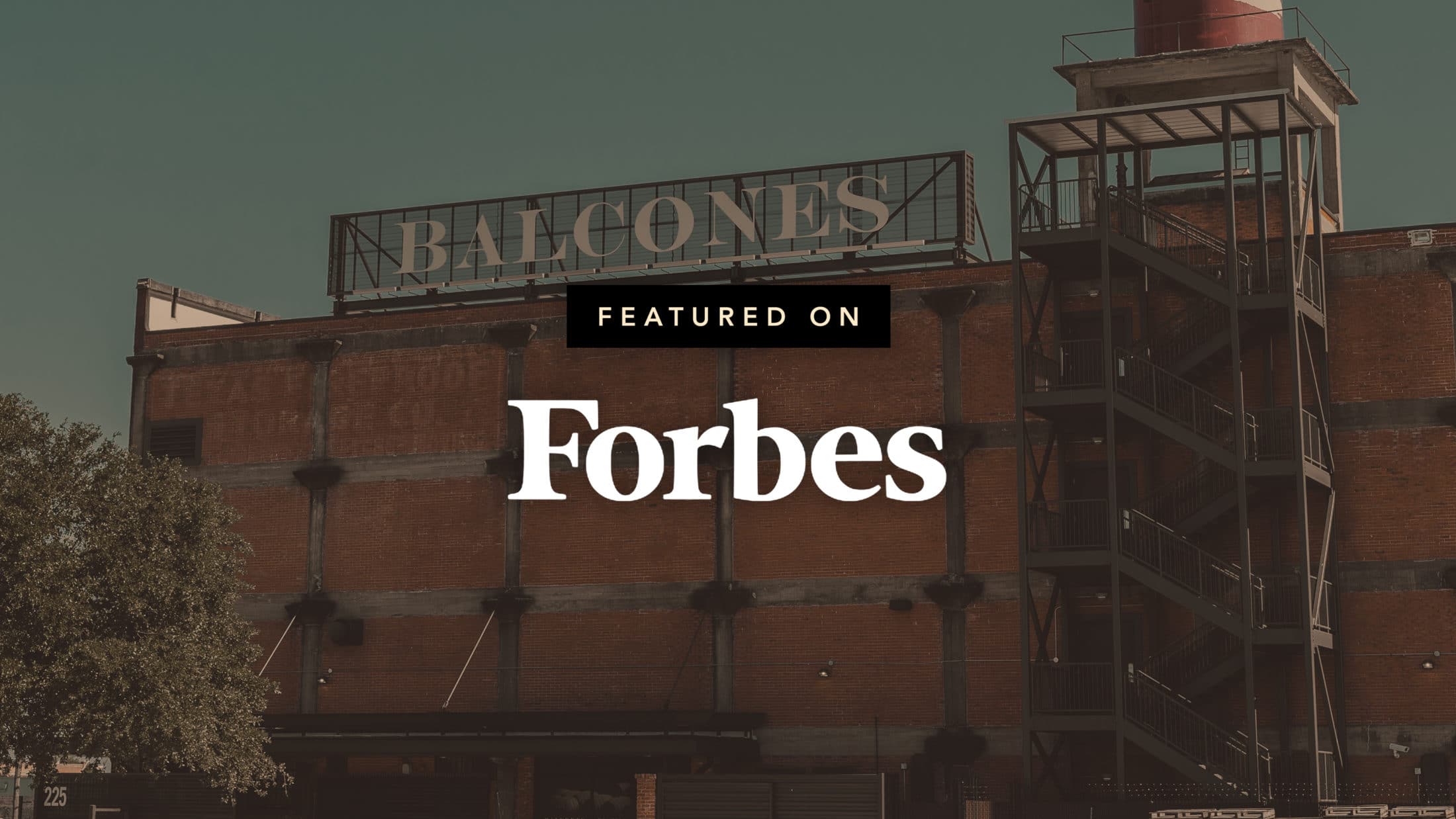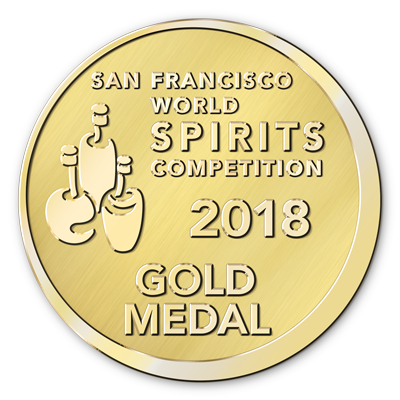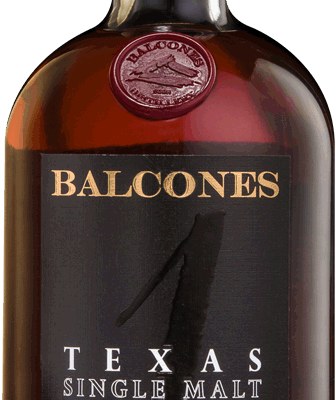Balcones Featured on Forbes.com
Texas has been well represented in the craft distillery boom that is sweeping across the United States. Waco based Balcones Distillery was among the first craft distilleries established in Texas and over the last decade has emerged as one of its brightest stars.
Balcones was founded in 2008, and began distilling in 2009. The original distillery, most of it hand built, lasted until 2015. That year the company moved to a larger, brand new distillery, and increased its capacity to around 350,000 liters per year. This year it is celebrating its first decade in operation by releasing an exceptional range of limited-edition expressions. This iconic spirits range will start with its first ever rye whiskey and include:
- Texas Rye Cask Strength
- Mirador and Peated
- True Blue Cask Strength and Rumble Cask Reserve
- Blue Corn Bourbon and High Rye Bourbon
- Curanderos & BrujeriaWheated
- Brimstone Redux and Single Barrel Brimstone
Rye whiskey is the quintessential American spirit, having predated bourbon by more than a century. Interest in rye declined after the 1970s, however, and the iconic whiskey largely disappeared from retail store shelves. Fast forward four decades and rye is experiencing a dramatic revival that has seen demand and production soar some 10-fold over the last 10 years. The rye revival has seen dozens of new expressions debut on the market and the emergence of some distinct regional styles.
Rye is a difficult grain for distillers to work with. Rye flour tends to be sticky and is prone to adhering to the sides of the still. If it isn't constantly cleaned off it can burn or scorch, imparting off flavors to the resulting distillate. Distilling rye is something of a specialty skill set. Until quite recently, most of the rye being sold by US firms had been distilled at either the MGP plant in Indiana or at Alberta Distilleries in Calgary.
Roughly 90% of all the rye whiskey available in the US originated at one of those two plants. Different maturation and finishing regimes gave each bottling a slightly different aroma and flavor profile, but they all shared the same DNA. As craft distillers have begun distilling their own rye, however, some distinctive styles have begun to emerge.
Balcones rye whiskey uses a variety of rye called Elbon. This is a historic variety that traditionally has been used as a cover crop and as pasture grass. The flavor elements in rye grain are found in the husk. That means distillers prefer the older, smaller kernel varieties of rye, which have a higher ratio of husk to flour. Bread makers, on the other hand, prefer the newer, hybridized varieties that offer a large kernel.
The Elbon rye used by Balcones was being used in West Texas as a cover crop to control soil erosion in the winter time. In the spring, it would be utilized for grazing before being plowed under. The distillery convinced farmers in West Texas to let the rye grow to maturity, promising that they would buy whatever grain was produced. That was the origin of Balcones' iconic rye whiskey.
The mash bill used by the distillery is 100% rye. It consists of 80% Elbon rye from West Texas and a mix of European rye kilned as chocolate rye, a crystal rye and a roasted rye.
The West Texas rye is not malted and is used raw. The chocolate rye and the crystal rye are first malted and then kilned at high temperatures—400+ degrees F for the chocolate rye and 280 to 290 degrees F for the crystal rye. The roasted rye is unmalted and is typically heated to around 450 degrees F. About 15% of the rye in the mash bill undergoes malting, the rest does not.
When kilned at temperatures over 400 degrees F, the grains impart a distinctive taste of chocolate to the resulting spirit, hence the term chocolate malt or chocolate rye. Crystal malts are heated to a lower temperature, causing the sugars in the grain to caramelize and imparting sweetness and flavors of stone fruits, like peach and apricot. Grains roasted at even higher temperatures often impart coffee like flavors.
The malting process causes the grains to produce enzymes that breakdown the starches in the kernel into simple sugars, which yeast can metabolize. When malted grains are heated at high temperatures, however, those enzymes are destroyed. To compensate, enzymes are added to the mash. In addition, the mash is cooked for one to two hours. The combination of cooking and enzymes breaks down the starches in the grain into readily digestible sugars. All four of the rye are mixed together during the cooking/mashing phase.
The resulting liquid, or wash, is described by Distillery Manager Thomas Mote as a diluted, oatmeal-like slurry. Rye is notoriously sticky. If the slurry was distilled in a direct-fire pot still with minimal agitation, bits of rye would stick to the sides and burn, creating off flavors. Instead, Balcones uses the unusual approach of continually pumping the slurry through a steam-injected heat exchanger during distillation in order to heat the wash to a temperature where the alcohol and its related congeners will vaporize.
The resulting distillate, what distillers call a low wine, typically has an ABV of around 22% to 25%. It is then distilled a second time in a spirit still. The heart cut of the second distillation, from roughly 77-79% to 60-62%, is retained. Maturation takes place in new American oak barrels with a medium (#3) char. Maturation usually lasts between one and two years.
Balcones, Texas Rye, 50% ABV, 750 ml, approximately $40
The whiskey is a dark caramel color. On the nose, there are notes of citrus zest, leather wax and sweet caramel, along with vanilla, milk chocolate and hints of cloves and allspice. The chocolate aroma becomes more pronounced as the whiskey opens up. There is also a bit of dried cherry in the background.
On the palate, there is a candied note, accompanied by some bitterness and a pronounced tobacco flavor, followed by additional flavors of chocolate and coffee, along with some citrus zest and peach and some elements of baked cinnamon apple and creamy vanilla custard.
The whiskey has a viscous oily quality to it, with a pronounced palate weight. The young age and over-proof quality of the whiskey is apparent in a bit of initial alcohol burn.
The finish is long and smooth, with a candied-sweetness and a pronounced peppery note, then a hint of bitterness at the end. It features notes of chocolate, dried peach and a bit of wood char.
This is an excellent rye whiskey. It's remarkably smooth and complex for its young age. I would love to taste it as a 5 YO and as a 10 YO. Here's hoping Balcones has put away a few barrels for the future.
Bottoms Up
Article Written By Joseph V Micallef





